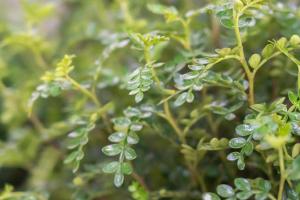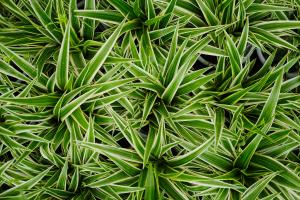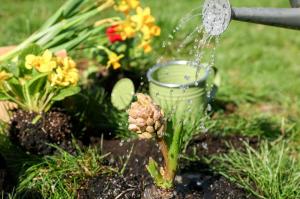What is a Purslane Plant?
Introduction
Purslane plant is a succulent, annual plant that is often found in gardens and lawns. It has a long history of being used as a medicinal plant, as well as a food source in many cultures. Purslane is also known by several names, including duckweed, pigweed, and little hogweed.
Identification
Purslane plant has thick, green leaves that are somewhat rounded in shape with smooth edges. The leaves grow in pairs along a thin stem that can reach up to 12 inches in length. The plant produces small, yellow flowers that bloom from June to September. Purslane can be identified by its fleshy, succulent texture and its preference for sunny, dry conditions.
Benefits of Purslane Plant
Purslane plant is a nutrient-dense plant that provides a wide range of health benefits, including:
Rich in omega-3 fatty acids: Purslane contains higher amounts of omega-3s than many other vegetables or plants, making it a great choice for vegetarians or those who don't consume fish.
Contains antioxidants: The plant contains a variety of antioxidants, which help protect the body against harmful free radicals.
Reduces inflammation: Purslane has anti-inflammatory properties, which may be beneficial for individuals with conditions such as arthritis or heart disease.
Supports digestive health: The plant has a mild laxative effect and can help promote regular bowel movements. Additionally, the high fiber content of purslane can help support overall digestive health.
Uses
In addition to its health benefits, purslane can be used in a variety of ways. It has a slightly tart, lemony flavor that pairs well with many dishes. Some common uses for purslane plant include:
Fresh in salads: The tender leaves and stems of the plant can be used raw in salads, providing a crunchy texture and a tangy flavor.
Cooked in stir-fries: Purslane can be saut茅ed or stir-fried, adding depth and flavor to dishes.
Pickled: The plant can be pickled in vinegar, giving it a tangy, sour flavor.
Dried for tea: The leaves and stems of the plant can be dried and used to make tea, which provides a variety of health benefits.
Conclusion
Purslane plant is a versatile and nutrient-dense plant that provides numerous health benefits. It can be used in a variety of ways, adding both flavor and nutrition to meals. Whether you grow it in your own garden or enjoy it in dishes at your favorite restaurant, purslane is a great addition to any diet.

 how many times do yo...
how many times do yo... how many planted tre...
how many planted tre... how many pine trees ...
how many pine trees ... how many pecan trees...
how many pecan trees... how many plants comp...
how many plants comp... how many plants can ...
how many plants can ... how many plants and ...
how many plants and ... how many pepper plan...
how many pepper plan...































